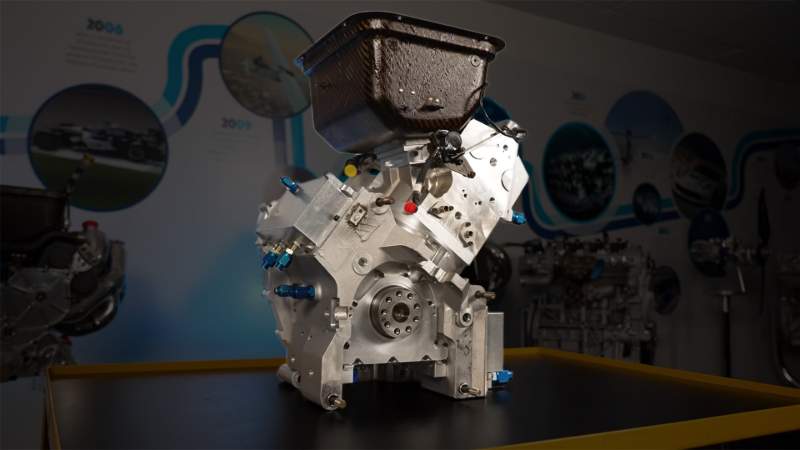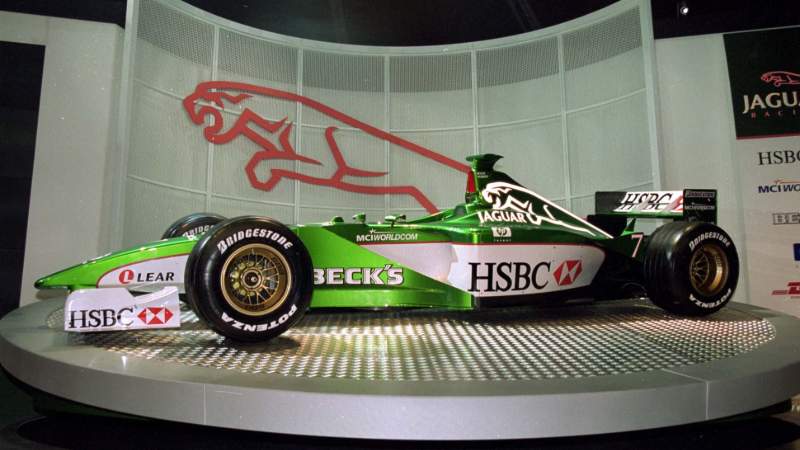
We all know F1 cars and how much power and speed they need. It is estimated that in F1 2021, most of the engines used to power F1 cars had approximately 1050 HP.
F1 engines commonly use V6, V10, and even sometimes V12 engine configuration to provide cars with the needed power output. So why would Cosworth produce an F1 engine that has just one single cylinder?! What car would such an engine power while producing just 90 HP?! Let’s find out…
Testing before Production

Cosworth was still supplying Formula One car with engines as recently as the late 1990s. Piston rings, cams, and head designs all required to be tested while building those ten-cylinder monster engines.
Cosworth took a shortcut and produced just one-tenth of the engine in order to avoid having to pay for ten full cylinders every time.
There have been many fantastic Formula One engines throughout the years, but none of them started off with all ten cylinders in one place, like the 3.0-liter V10 Cosworth. A one-cylinder test engine was the beginning.
The One Cylinder Engine
With today’s Cosworth performance engines, Mike Fernie of DriveTribe says that each combustion chamber is engineered from the top down to ensure that they meet their power and efficiency goals. These test engines, which can reach the same high revs as the big ones, are used to check that every component of the engine is functioning properly before it is fully constructed and manufactured.
The single-cylinder engine designed for the Jaguar F1 V10 in 1998 and 1999 is Cosworth’s most severe one. It has a 200 cc displacement and reaches 20,000 RPM.

For Cosworth, the easiest and least expensive approach to scale up to ten cylinders was to start with the design of one cylinder. Speed was crucial since teams were able to continue improving their engines in between races in the early days of Formula One.
Ratio and Precision
Cosworth test mule horsepower estimates are spot-on in relation to engine size, which is maybe the most intriguing aspect of these vehicles. The three-cylinder quarter of the 1,000-hp Valkyrie V12 produces exactly 250 horsepower, whereas the single-cylinder mule for the 900-hp F1 V10 produced 90 horsepower.
To be honest, I don’t think this one-piston marvel will sound even close to as good as the completed V10, given how unrealistic single-cylinder engines can be. Regardless, it’s pretty neat and precise.
One and three-cylinder engines from Cosworth are almost as fascinating as the company’s larger V10s and V12s. It’s not only that they show off Cosworth’s tremendous specific output capabilities; if they were to be produced in greater numbers, they’d also make fantastic motorbike or economy vehicle engines.
Watch the following video by DriveTribe to know more:
No comments:
Post a Comment